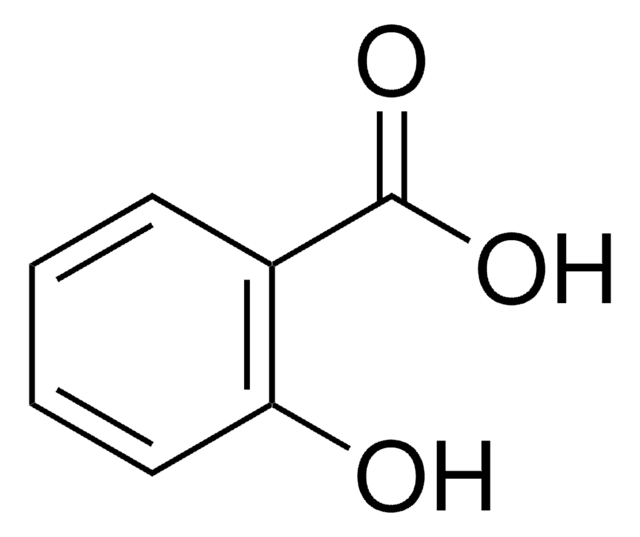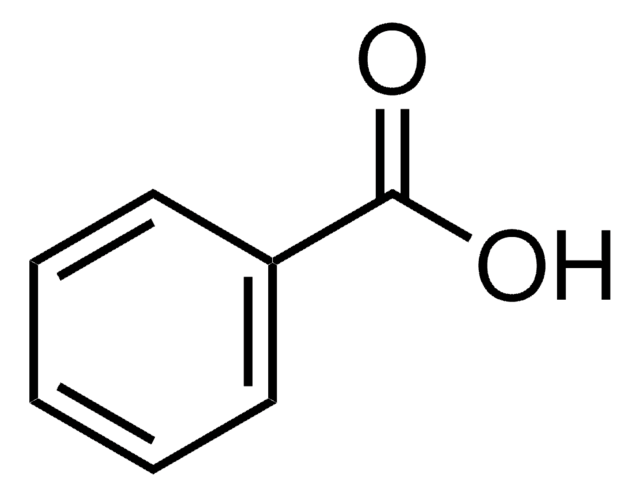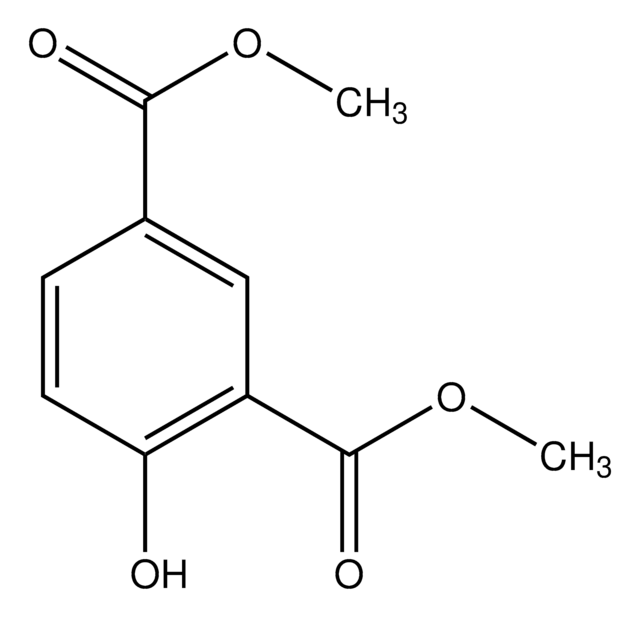794481
Ritter Pentafluoroiodoethane-DMSO Reagent
95% (NMR)
Synonym(s):
2DMSO-CF3CF2I
Select a Size
About This Item
Recommended Products
Quality Level
Assay
95% (NMR)
form
liquid
reaction suitability
reaction type: C-C Bond Formation
refractive index
n/D 1.432
density
1.561 at 25 °C
functional group
fluoro
iodo
sulfoxide
shipped in
dry ice
storage temp.
2-8°C
SMILES string
FC(F)(F)C(F)(F)I.CS(C)=O.CS(C)=O
Related Categories
Application
Signal Word
Warning
Hazard Statements
Precautionary Statements
Hazard Classifications
Eye Irrit. 2 - Skin Irrit. 2 - STOT SE 3
Target Organs
Respiratory system
Storage Class Code
10 - Combustible liquids
WGK
WGK 3
Flash Point(F)
215.0 °F
Flash Point(C)
101.67 °C
Choose from one of the most recent versions:
Certificates of Analysis (COA)
Don't see the Right Version?
If you require a particular version, you can look up a specific certificate by the Lot or Batch number.
Already Own This Product?
Find documentation for the products that you have recently purchased in the Document Library.
Customers Also Viewed
Protocols
Separation of Acetylsalicylic acid, analytical standard; Salicylic acid, BioXtra, ≥99.0%
Separation of Salicylic acid, meets analytical specification of Ph. Eur., BP, USP, 99.5-100.5% (calc. to the dried substance); Acetylsalicylic acid, purum, ≥99.0% (HPLC)
Separation of 4-Hydroxybenzoic acid; Acetylsalicylic acid; Benzoic acid; Salicylic acid; Ethyl 4-hydroxybenzoate
HPLC Analysis of Benzoic Acid Derivatives on Ascentis® C18
Our team of scientists has experience in all areas of research including Life Science, Material Science, Chemical Synthesis, Chromatography, Analytical and many others.
Contact Technical Service








